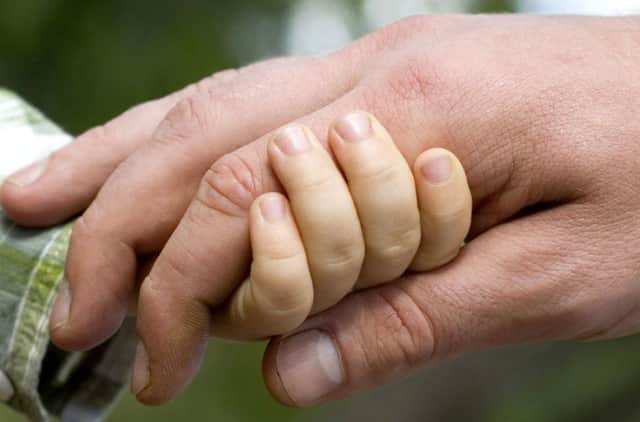Clearing the path in search of our self


For much of the 20th century, in Britain and most western countries, many aspects of adoption were shrouded in shame and secrecy. The great majority of adopted children were relinquished as infants by “unmarried mothers”, who were stigmatised and subject to various degrees of pressure to give up their children. The fathers were rarely given serious consideration.
As they grew up, many adopted children were not told of their true status until they reached their teens. If and when they did find out, this was often inadvertent and commonly came as a shock. It was taken for granted that the child had no contact with the birth family. Adopters expected to bring up the children as their own, with no fear of reminders about the child’s original family or potential interference even when the adoptees became adult. It was also believed that birth mothers were freed to build a new life by having their names and whereabouts kept confidential.
Advertisement
Hide AdAdvertisement
Hide AdThere were partial exceptions to this pattern. In Scotland and Finland, for instance, although adopted children had no right to knowledge or information about their birth families, it was recognised that adults who had been adopted should be entitled to find out about their birth circumstances if they wished.
John Triseliotis, Professor of Social Work at Edinburgh University, realised that the Scottish situation provided an opportunity to find out how and why some adoptees might want to seek such information. He obtained funding to conduct a study to examine the past and current circumstances of adopted people who carried out a search and to assess their motivations.
John found that only a small minority of the adopted population tried to gain access to their birth records. The research also revealed that there were two distinct groups of searchers. Some wanted information only, in order to understand better their genealogy. Others wanted to meet the birth family, usually their mother.
In the latter group, a number had a strong desire to make contact with their original family because of dissatisfaction with communication or even with the overall care provided by the adopters. However, John discovered that most people in both groups had had reasonably positive upbringings. He concluded that the wish to understand the hitherto unknown side of their dual identity was not usually a sign of personal or adoptive family pathology, but stemmed from a natural desire to form a full sense of self.
The research was published in 1973 by Routledge and Kegan Paul under the title In Search of Origins. This rapidly became a key text and remains a touchstone for researchers to this day. The findings had been made known before publication to the Houghton committee, which had examined whether there was a need to significant changes to adoption legislation in England and Wales.
The committee had been minded to retain the embargo on access to birth records, but exposure to the data and conclusions of In Search of Origins prompted a complete about turn. The Houghton Report recommended that adopted people should be able to see on their adoption certificate, the name of the agency that had placed them and, once they were over 18, be entitled to make contact with that agency and obtain a copy of their birth certificate. Adoption agencies should be under an obligation to keep their records for 75 years. These recommendations were enacted through the Children Act 1975 and similar provisions apply to this day. Many other countries have followed suit.
Subsequently, further changes took place in adoption practice, partly stimulated by the growth in adoptions of older children from care who had memories of their birth families. It has become common for some kind of contact with the birth family to be maintained after adoption, though often this is indirect (by exchange of letters and photographs) and not very frequent.
John supported this trend towards more open adoption and gave advice and assistance to organisations that have facilitated contacts, including Birthlink. His work was highly influential in the setting up, in 1984, of Birthlink’s Adoption Contact Register for Scotland, a database that enables adopted persons and family members to trace one another and make contact. Thirty years later, the register is still serving that need.
Advertisement
Hide AdAdvertisement
Hide AdJohn died in September 2012. In May, 2014, BAAF produced a volume of selected writings by him on adoption, fostering and childcare. His work remains highly relevant to present-day adoption.
• Malcolm Hill is Emeritus Professor of Social Work, University of Strathclyde www.birthlink.org.uk
SEE ALSO